Bipolar disorder is a complex mental health condition characterized by extreme mood swings, from emotional highs to deep lows. Although the condition is widely known, many people are unaware that there are different types of bipolar disorder, each with its unique features and symptoms. Understanding these differences can help individuals recognize early signs and seek appropriate treatment.
In this article, we will explore the types of bipolar disorder, focusing on Bipolar I, Bipolar II, and Cyclothymia. By the end of this guide, you’ll have a clear understanding of what sets these disorders apart and how to manage them effectively. Let’s dive into the details of each condition to better grasp their impact on mental health.
What Are the Types of Bipolar Disorder?
The types of bipolar disorder are distinguished based on the severity and duration of mood swings, including manic and depressive episodes. Mental health professionals, guided by the Diagnostic and Statistical Manual of Mental Disorders (DSM-5), use specific criteria to classify the disorder. Let’s break down the three main types:
Bipolar I Disorder
Bipolar I Disorder is the most severe form of bipolar disorder, marked by extreme manic episodes. These episodes last for at least one week and often require hospitalization due to their intensity. People with Bipolar I experience both manic and depressive phases, although the manic phase is the most prominent feature.
Key Features of Bipolar I Disorder:
- Manic episodes lasting at least one week, or requiring hospitalization
- Depressive episodes lasting at least two weeks
- Mixed episodes where symptoms of mania and depression occur simultaneously
In severe cases, individuals may experience psychosis or delusions during manic episodes, making this type of bipolar disorder particularly challenging to manage. Bipolar I Disorder typically begins in early adulthood, though it can also develop later in life.
Bipolar I Disorder: A Closer Look
Bipolar I Disorder is a complex and often misunderstood mental health condition that affects millions of people worldwide. Characterized by intense mood swings, it presents as a cycle of extreme manic episodes often followed by periods of depression. This type of bipolar disorder stands out due to the severity of its manic phases, which can disrupt daily life and require immediate medical attention.
Manic Episodes in Bipolar I Disorder
Manic episodes in Bipolar I Disorder are intense and can last for at least a week or longer. During these episodes, individuals often experience heightened energy levels, racing thoughts, and an inflated sense of self-esteem. While this state may initially seem positive, it can quickly spiral into risky behaviors, including overspending, substance abuse, or impulsive decision-making.
Common Symptoms of Manic Episodes:
- Excessive energy, often resulting in sleeplessness
- Unusually fast or pressured speech
- Grandiosity or unrealistic belief in one’s abilities
- Poor judgment, leading to potentially dangerous actions
- Increased engagement in goal-directed activities, such as starting multiple projects
- Agitation or irritability
If left untreated, these episodes can escalate, leading to psychosis or delusions. This makes timely intervention critical for individuals with Bipolar I Disorder.
Depressive Episodes in Bipolar I Disorder
Although manic episodes define Bipolar I Disorder, depressive episodes are also a significant part of the condition. These periods can last two weeks or more and are marked by persistent feelings of sadness, hopelessness, and a lack of energy. Unlike the hyperactivity of mania, depressive phases leave individuals feeling drained and unable to engage in daily activities.
Common Symptoms of Depressive Episodes:
- Loss of interest in activities once enjoyed
- Significant changes in appetite or weight
- Difficulty sleeping or sleeping excessively
- Trouble concentrating or making decisions
- Persistent feelings of worthlessness or guilt
- Suicidal thoughts or behaviors
Mixed Episodes in Bipolar I Disorder
One of the unique aspects of Bipolar I Disorder is the occurrence of mixed episodes, where symptoms of mania and depression overlap. During a mixed episode, individuals may feel the agitation and energy of mania alongside the despair of depression. This combination can be particularly distressing and may increase the risk of self-harm or other dangerous behaviors.
Example of a Mixed Episode:
A person may feel a rush of energy and an urgent need to accomplish tasks while simultaneously battling feelings of worthlessness or hopelessness.
Diagnosing Bipolar I Disorder
Diagnosis of Bipolar I Disorder is based on clinical evaluation and criteria outlined in the Diagnostic and Statistical Manual of Mental Disorders (DSM-5). Mental health professionals assess the presence and duration of manic, depressive, and mixed episodes to confirm the diagnosis.
Key Diagnostic Criteria for Bipolar I Disorder:
- At least one manic episode lasting a minimum of one week or requiring hospitalization.
- Symptoms must significantly impair daily functioning or relationships.
- Episodes are not better explained by another mental health condition or substance use.
How Bipolar I Disorder Impacts Daily Life
Living with Bipolar I Disorder can be challenging. The intensity of manic and depressive episodes often disrupts relationships, work, and overall quality of life. For example:
- A manic episode may lead to reckless financial decisions, straining family relationships.
- A depressive episode may result in extended absences from work or social withdrawal.
Despite these challenges, individuals with Bipolar I Disorder can lead fulfilling lives with proper treatment and support.
Treatment for Bipolar I Disorder
Effective management of Bipolar I Disorder requires a combination of medical treatment, therapy, and lifestyle changes.
Common Treatment Options:
- Medications:
- Mood stabilizers like lithium are the cornerstone of treatment.
- Antipsychotics may be prescribed for severe manic episodes.
- Antidepressants are used cautiously due to the risk of triggering mania.
- Psychotherapy:
- Cognitive Behavioral Therapy (CBT) helps individuals identify and change harmful thought patterns.
- Psychoeducation equips patients and their families with strategies to manage symptoms.
- Lifestyle Adjustments:
- Maintaining a consistent sleep schedule
- Reducing stress through mindfulness or relaxation techniques
- Avoiding triggers such as alcohol or recreational drugs
Statistics and Prevalence
According to the National Institute of Mental Health (NIMH), approximately 2.8% of adults in the United States are affected by Bipolar I Disorder annually. It is equally common among men and women, with most individuals receiving a diagnosis in their late teens or early adulthood.
Supporting Someone with Bipolar I Disorder
If a loved one has Bipolar I Disorder, offering support can make a significant difference in their journey. Some ways to help include:
- Encouraging them to seek professional help
- Being patient and understanding during mood swings
- Helping them stick to their treatment plan, such as taking medications or attending therapy sessions
Remember, education is key. The more we understand mental health disorders like Bipolar I Disorder, the better equipped we are to provide support.
Bipolar I Disorder is a serious but manageable condition. By recognizing the symptoms and seeking timely treatment, individuals can regain control of their lives and reduce the impact of manic and depressive episodes. With the right combination of medication, therapy, and lifestyle changes, people living with Bipolar I Disorder can achieve stability and lead meaningful, productive lives.
Bipolar II Disorder
Unlike Bipolar I, Bipolar II Disorder is characterized by less intense mood swings. Individuals with Bipolar II experience hypomanic episodes, which are similar to manic episodes but less severe. These hypomanic phases are followed by periods of depression.
Key Features of Bipolar II Disorder:
- Hypomanic episodes (less intense than mania) lasting at least four days
- Depressive episodes lasting at least two weeks
- No full-scale manic episodes (which distinguishes it from Bipolar I)
While the mood disorder types in Bipolar II Disorder are less extreme than those in Bipolar I, the depressive episodes can be just as debilitating. People with Bipolar II often struggle with feelings of hopelessness and fatigue, especially during depressive states.
Cyclothymia (Cyclothymic Disorder)
Cyclothymia, also known as Cyclothymic Disorder, is a milder form of bipolar disorder. People with cyclothymia experience periods of hypomanic symptoms and depressive symptoms, but these do not meet the criteria for full manic or depressive episodes. Cyclothymia is often misunderstood because the mood swings, while noticeable, are not as severe as those in Bipolar I or Bipolar II.
Key Features of Cyclothymia:
- Frequent mood swings between hypomanic and depressive symptoms
- Symptoms lasting at least two years (for adults) or one year (for children and adolescents)
- Symptoms that do not meet the full criteria for hypomanic or depressive episodes
While the highs and lows of Cyclothymia are less intense, the condition can still significantly impact a person’s daily life and relationships. Cyclothymic disorder may eventually evolve into Bipolar I or Bipolar II disorder if left untreated.
7 Key Differences Between Cyclothymia and Bipolar Disorder
Introduction: Setting the Stage
Imagine waking up one morning feeling unstoppable, full of energy, and ready to conquer the world. Then, by the afternoon, you’re overwhelmed with sadness, unable to focus, and just want to retreat from everyone. For some, this isn’t just a bad day—it’s a constant cycle.
When it comes to types of bipolar disorder, understanding the differences between cyclothymia symptoms and bipolar disorder can help individuals and their loved ones seek the right treatment and support. Let’s dive into the distinctions between these two mood disorder types and unravel the unique characteristics of each.
1. Severity of Symptoms
The severity of symptoms is one of the most significant differences:
- Cyclothymia: Hypomanic and depressive symptoms are milder and do not meet the full criteria for manic or major depressive episodes.
- Bipolar Disorder: In Bipolar I, manic episodes can be severe enough to disrupt daily life or require hospitalization, while depressive episodes in Bipolar II are more profound and debilitating.
2. Pattern of Mood Shifts
- Cyclothymia: Mood swings tend to be frequent and short-lived, sometimes occurring within the same day.
- Bipolar Disorders: Mood episodes typically last longer, ranging from days to weeks or even months.
3. Neutral Periods Between Episodes
- Cyclothymia: Features persistent mood swings, with few neutral periods in between.
- Bipolar Disorders: Patients often experience extended periods of stability between episodes.
4. Impact on Daily Functioning
- Cyclothymia: While symptoms are milder, they can lead to difficulties maintaining relationships, managing work or school, and coping with daily stressors.
- Bipolar Disorders: Symptoms are more disruptive, with manic episodes in Bipolar I often causing impulsive decisions, financial trouble, or even legal issues.
5. Risk of Misdiagnosis
Cyclothymia is often misdiagnosed as:
- Moodiness or stress-related changes.
- Personality disorders, such as borderline personality disorder.
- Neurodevelopmental disorders like ADHD.
This misdiagnosis can delay appropriate treatment.
6. Onset and Progression
- Cyclothymia: Symptoms usually appear during adolescence or early adulthood and can persist for years without clear escalation. However, untreated cyclothymia may progress to Bipolar I or II.
- Bipolar Disorders: Symptoms often emerge later in adolescence or adulthood, with periods of remission and recurrence.
7. Treatment Approaches
- Cyclothymia: Often managed with psychotherapy, lifestyle changes, and sometimes mood stabilizers.
- Bipolar Disorders: Typically require a combination of medication (e.g., lithium, antipsychotics) and therapy to manage severe mood episodes.
Importance of Early Diagnosis
Recognizing the differences between cyclothymia symptoms and other types of bipolar disorder is crucial for effective treatment. Left untreated, cyclothymia can disrupt daily life and relationships and may progress to a more severe disorder
Key Differences Between Bipolar I, Bipolar II, and Cyclothymia
Understanding the distinctions between Bipolar I, Bipolar II, and Cyclothymia is crucial for accurate diagnosis and treatment. Here are the key differences:
| Feature | Bipolar I Disorder | Bipolar II Disorder | Cyclothymia |
|---|---|---|---|
| Manic Episodes | Full-scale mania, lasting at least 1 week | Hypomania, lasting at least 4 days | Hypomania, less severe |
| Depressive Episodes | At least 2 weeks | At least 2 weeks | Less severe depression, lasting months |
| Duration | Lifelong, with episodic flare-ups | Lifelong, with recurring episodes | Chronic, lasting 2+ years |
| Severity | High severity, can cause psychosis | Moderate severity | Mild to moderate, less disabling |
The Importance of Early Diagnosis
Early diagnosis of bipolar disorder types is essential for effective management and treatment. Symptoms such as extreme mood swings, irritability, and difficulty maintaining relationships may indicate the presence of bipolar disorder. If you or someone you know is showing signs of this condition, seeking a professional evaluation from a psychiatrist or mental health specialist is vital.
Treatment and Management
Managing bipolar disorder involves a combination of medication, therapy, and lifestyle adjustments. Common treatments include:
- Mood stabilizers (such as lithium) to control mood swings
- Antidepressants for depressive episodes
- Cognitive Behavioral Therapy (CBT) to help patients manage thought patterns
- Lifestyle changes such as regular sleep schedules, healthy diet, and physical activity
Treatment plans vary based on the specific type of bipolar disorder and individual needs.
Key Takeaways:
- Bipolar I involves severe manic episodes and depressive states.
- Bipolar II features hypomanic episodes and longer depressive episodes.
- Cyclothymia includes milder mood swings, often leading to more serious bipolar conditions over time.
- Cyclothymia is a milder but chronic form of bipolar disorder with frequent mood swings.
- It differs from Bipolar I and II in symptom severity, duration of mood episodes, and functional impact.
- Early intervention can prevent cyclothymia from progressing to more severe mood disorder types.
Understanding the nuances of bipolar disorder types is the first step toward effective management and improved well-being.
Key Differences at a Glance
| Feature | Cyclothymia | Bipolar Disorders |
|---|---|---|
| Mood Swings | Frequent, subtle shifts | Prolonged episodes |
| Symptom Severity | Milder | Severe |
| Duration | Persistent over two years | Episodic, with recovery |
| Diagnosis Challenges | Often mistaken for moodiness | Clearer clinical markers |
| Treatment Focus | Therapy and lifestyle changes | Medications and therapy |
FAQs
Q: Can Cyclothymia Turn Into Bipolar Disorder?
A: Yes, untreated cyclothymia can progress to Bipolar I or II Disorder, emphasizing the importance of early diagnosis and treatment.
Q: Are Cyclothymia Symptoms More Common in Adults or Children?
A: Cyclothymia can occur in both groups but requires at least one year of symptoms in children versus two years in adults for diagnosis.
Q: How Is Cyclothymia Diagnosed?
A: Diagnosis involves clinical interviews, symptom tracking, and ruling out other mood disorder types like ADHD or borderline personality disorder.
Understanding the types of bipolar disorder—Bipolar I, Bipolar II, and Cyclothymia—is essential for individuals who are dealing with mood disorders. Each type comes with its own set of challenges, but early diagnosis, effective treatment, and support can help individuals lead fulfilling lives. By staying informed about the differences between these mood disorder types, we can better support those affected by bipolar disorder and encourage them to seek the help they need.
Understanding the distinctions between Bipolar I, Bipolar II, and Cyclothymia provides a foundation for managing these conditions effectively. While these mood disorders share commonalities, such as shifts in energy and mood, they differ in intensity, duration, and impact on daily life.
For instance, individuals with Bipolar I Disorder may experience extreme manic episodes that significantly disrupt their ability to function, often requiring hospitalization. In contrast, Bipolar II Disorder features hypomanic episodes that are less intense but are coupled with periods of deep depression, which can severely affect emotional well-being. Meanwhile, Cyclothymia, sometimes mistaken for mood swings or general irritability, involves milder but more persistent mood fluctuations that can impact relationships and productivity over time.
Each type of bipolar disorder requires a tailored approach to treatment. Medications like mood stabilizers and antipsychotics are commonly used for Bipolar I and II, while therapy and lifestyle adjustments often play a larger role in managing Cyclothymia. Raising awareness about these differences helps reduce stigma and encourages people to seek timely medical attention.
By fostering a compassionate and informed perspective, we can help individuals with mental health disorders feel supported and empowered to take control of their lives, paving the way for recovery and stability.


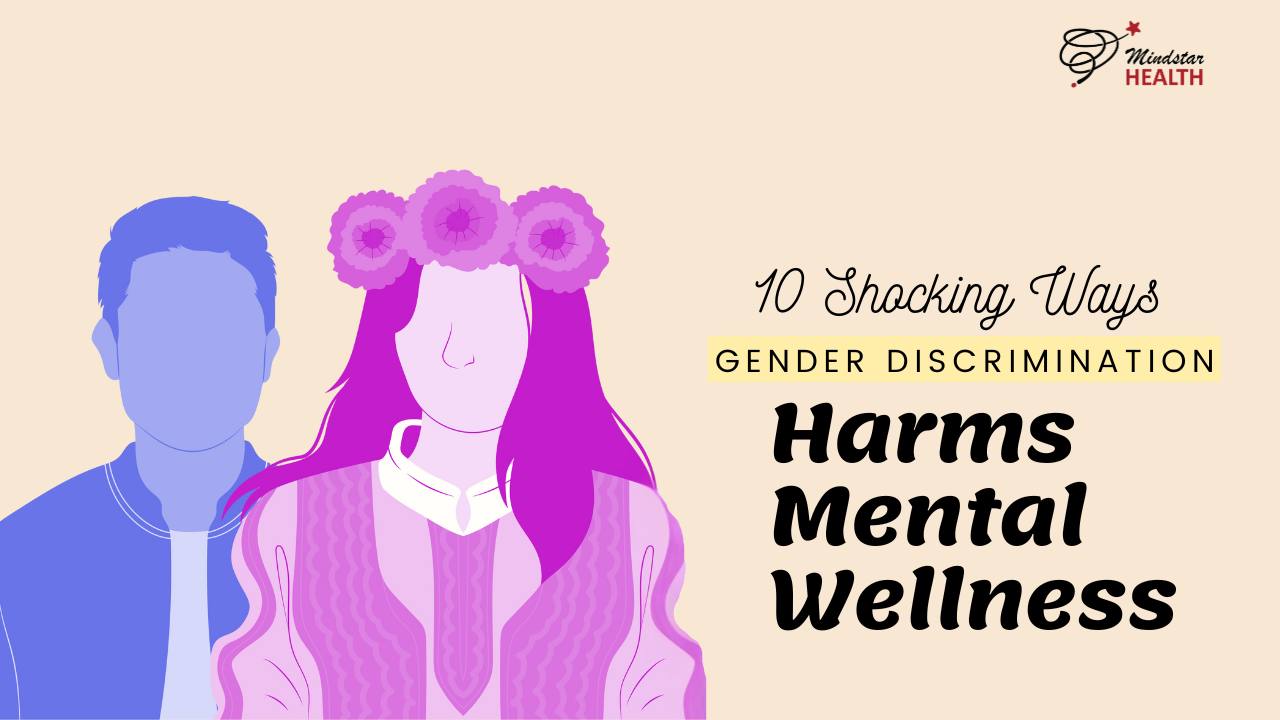


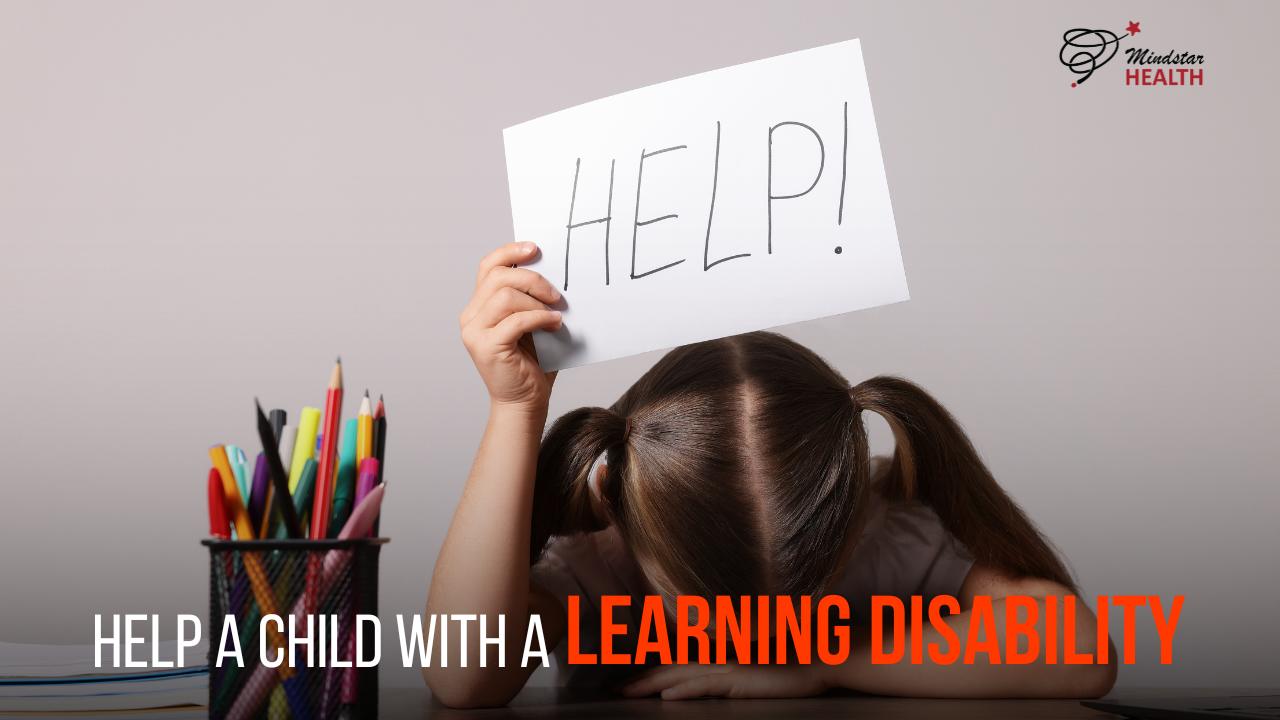
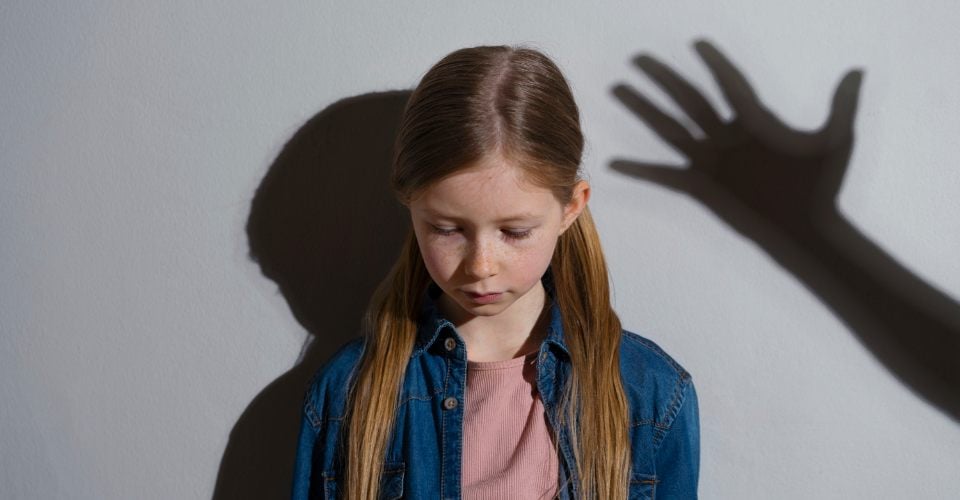
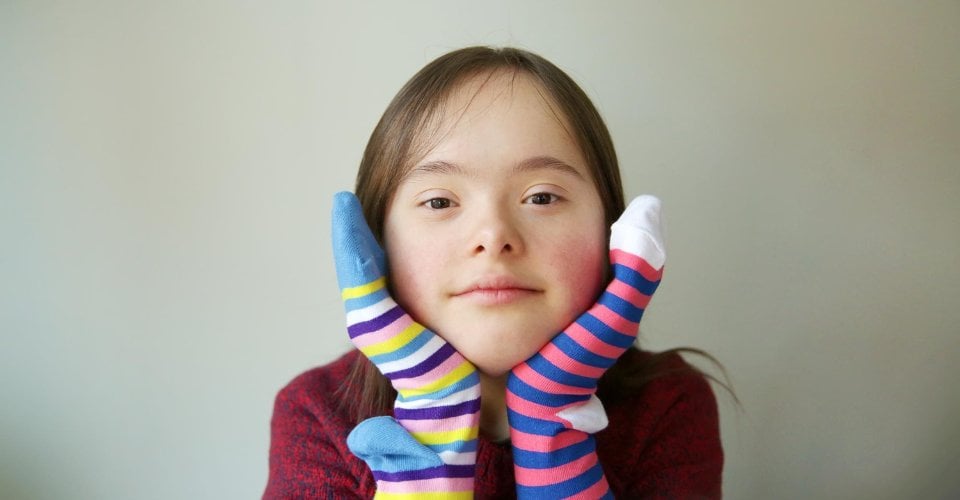






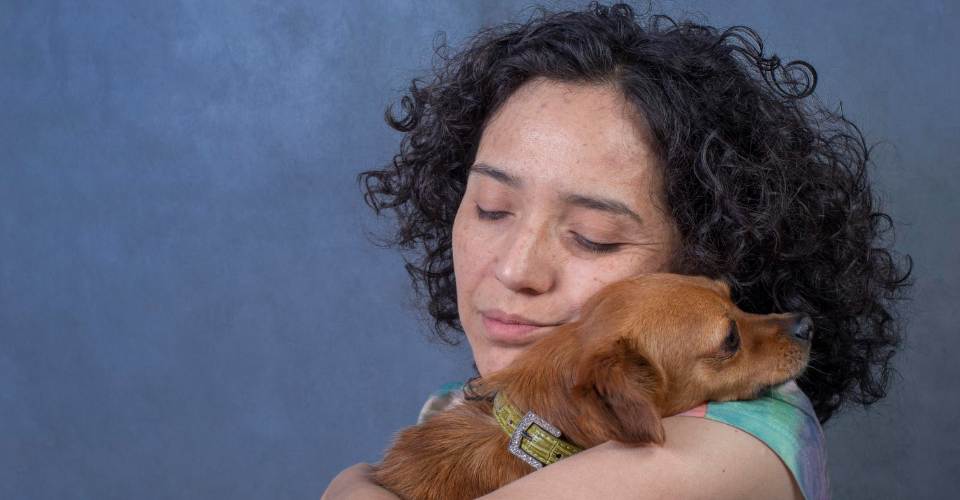


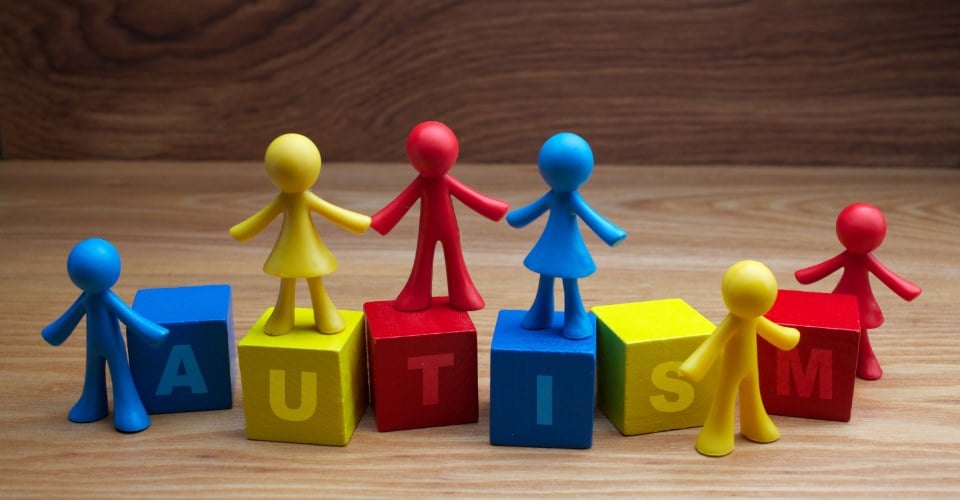
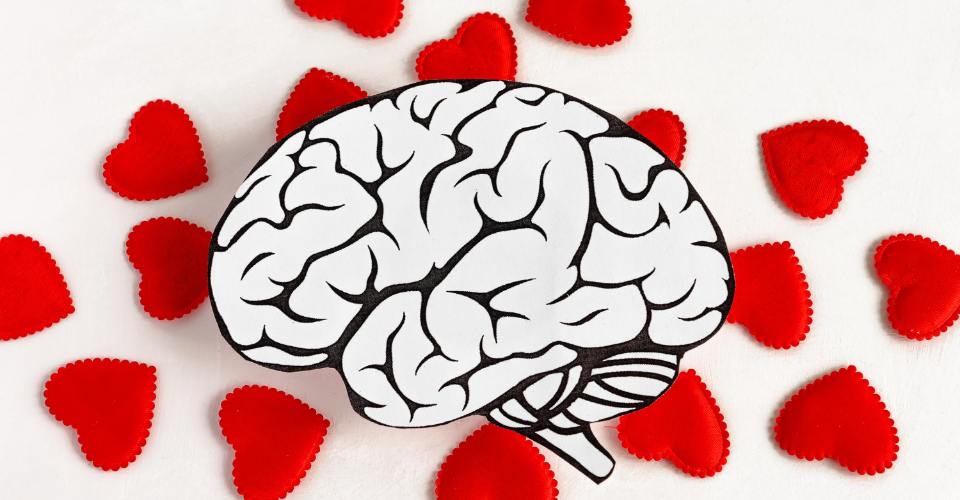


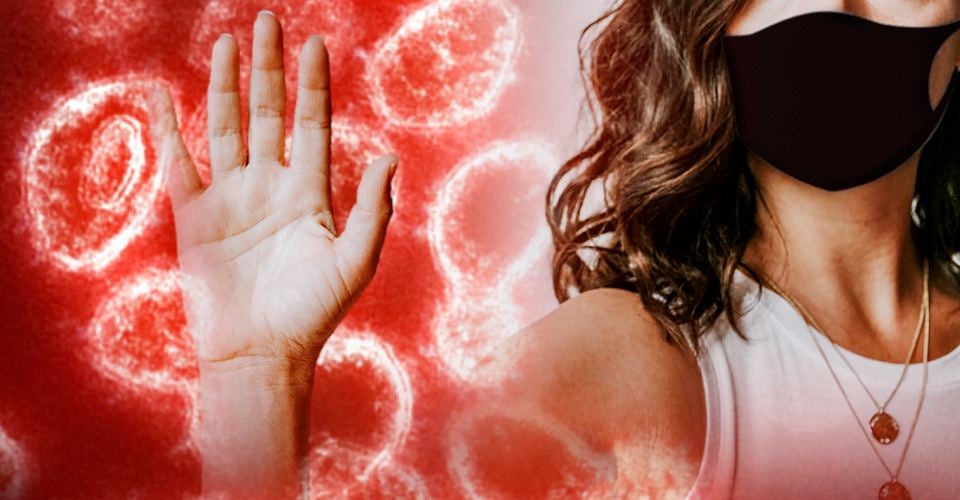
Leave a Reply
You must be logged in to post a comment.